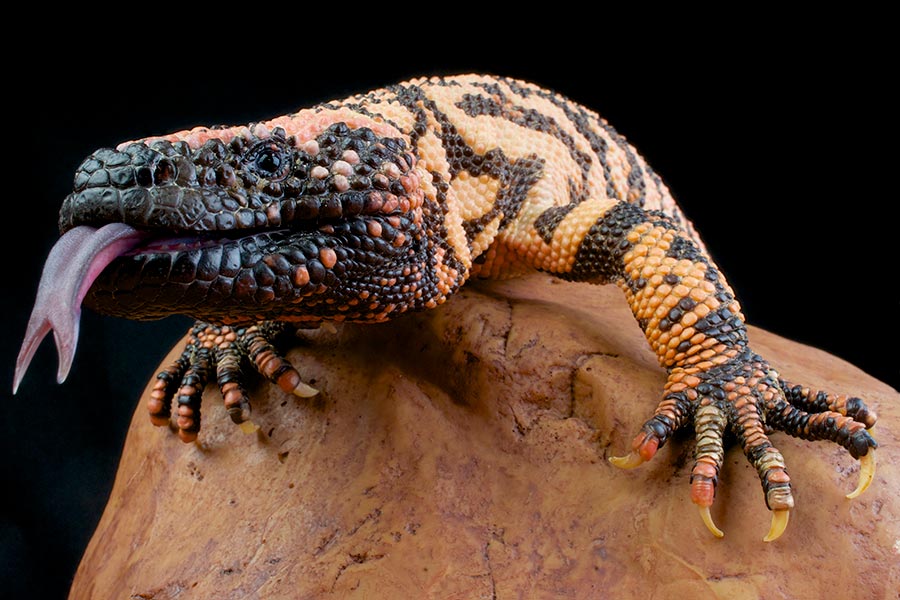≡
Coachwhip
Coluber flagellum
NatureServe conservation status
Global (G-rank): G5
State (S-rank): S3
- Reason: This species seemingly is of very limited distribution in Utah and apparently is rather rare in this state.
External links
General information
The coachwhip, Masticophis flagellum, occurs throughout the southern United States, from the Pacific coast to the Atlantic coast, as well as in much of Mexico. The race of the coachwhip that occurs in Utah, the red racer, is limited to the southwestern corner of the state. Coachwhips are able to tolerate extremely hot weather, and individuals are often seen about during the day. They prefer dry open terrain in desert, grassland, and agricultural areas. They are active from late spring to early fall, but take refuge in rodent burrows and other secluded areas during cold weather and become inactive.
Females lay a clutch of four to twenty eggs during early summer; eggs hatch in six to eleven weeks. Coachwhips eat lizards, small mammals, insects, birds, and snakes.
Coachwhips are large snakes, sometimes obtaining lengths in excess of 100 inches. In Utah, coachwhips are generally reddish in color.
Phenology
Active from April to October in north (Hammerson 1982), mid-March to late October in Texas (Tennant 1984).
Species range
Various authors (e.g., Wilson 1973, Stebbins 1985) have mapped the range of this species as barely including the southwestern corner of Utah. Wilson (1973, dot map) indicated two localities in that part of the stste, both probably in Washington County. Whether this species occurs in southeastern Utah, as mapped by Cox and Tanner (1995), is uncertain.
Habitat
Woodbury (1928) reported that in Zion National Park this species "is occasionally found along the floor of the canyon, but more often inthe fields along the river below." Woodbury (1931), again writing of this species in Utah stated: "This snake is found most frequently along the dry washes or canyons along thte base of mountians or around the edges of cultivated areas." Wauer (1964) wrote that this species inhabits "the hot arid parts of Zion National Park. It frequents the open flats and slopes where vegetation is sparse . . .."
Food habits
Woodbury (1928), in his work on reptiles of Zion National Park, wrote: "I saw one chase and catch a Cnemidophorus tesselatus [= Cnemidophorus tigris, the western whiptail]."
Ecology
In the eastern Mojave Desert, California, activity range of six individuals averaged 53 ha; individuals moved on 76% on the days monitored; moved an average of 186 m per day (Secor 1995).
Reproductive characteristics
Lays clutch of 4-20 eggs, June-July. Eggs hatch in 6-11 weeks.
Threats or limiting factors
Probably this species is not very threatened in Utah.
References
- Biotics Database. 2005. Utah Division of Wildlife Resources, NatureServe, and the network of Natural Heritage Programs and Conservation Data Centers.
- Stebbins, R. C. 1985. A field guide to western reptiles and amphibians. Houghton Mifflin Company, Boston. 336 pp.










